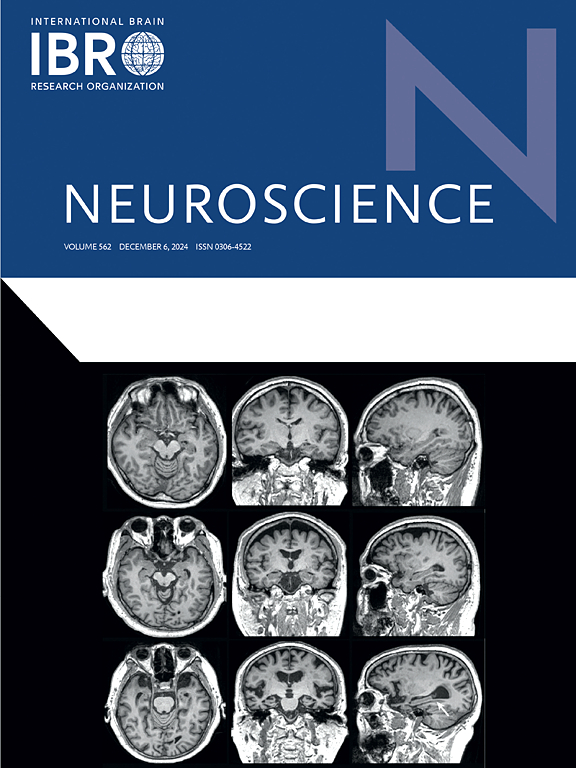SARM1 Modulates calcium influx in secondary brain injury after experimental Intracerebral hemorrhage
IF 2.9
3区 医学
Q2 NEUROSCIENCES
引用次数: 0
Abstract
Intracerebral hemorrhage (ICH), defined as spontaneous bleeding within brain tissue, is associated with high mortality and severe disability, often resulting in poor clinical outcomes. Early intervention to mitigate secondary brain injury is critical for neuronal protection. Sterile alpha and Toll/interleukin-1 receptor motif-containing 1 (SARM1), a member of the MyD88 family, is predominantly expressed in neurons, where it localizes to the outer membrane of mitochondria. Under physiological conditions, SARM1 is expressed at low levels; however, its expression increases following injury, resulting in excessive NAD+ hydrolysis. While NAD+ degradation products can influence calcium channels, their role in calcium regulation after ICH remains unclear. This study established an in vivo ICH model in adult SD rats via autologous blood injection into the basal ganglia and validated the findings using an in vitro model of primary neurons treated with oxyhemoglobin. SARM1 knockdown was achieved using a lentiviral vector. Following ICH, SARM1 expression significantly increased and colocalized with the neuronal marker NeuN. SARM1 knockdown reduced both SARM1 and mitochondrial calcium uniporter (MCU) expression, decreased NAD+ degradation, and attenuated neuronal death. Behavioral assessments demonstrated improved short- and long-term neurological outcomes in SARM1-knockdown rats compared with the lentiviral vector group. In in vitro experiments, Rhod-2 staining revealed reduced mitochondrial calcium levels, while TMRM staining indicated decreased mitochondrial membrane potential loss. Additionally, Hoechst staining showed reduced neuronal mitochondrial death following SARM1 downregulation. These findings suggest that targeting SARM1 may enhance neurological recovery and represents a potential therapeutic strategy for early intervention in secondary brain injury following ICH.
求助全文
约1分钟内获得全文
求助全文
来源期刊

Neuroscience
医学-神经科学
CiteScore
6.20
自引率
0.00%
发文量
394
审稿时长
52 days
期刊介绍:
Neuroscience publishes papers describing the results of original research on any aspect of the scientific study of the nervous system. Any paper, however short, will be considered for publication provided that it reports significant, new and carefully confirmed findings with full experimental details.
 求助内容:
求助内容: 应助结果提醒方式:
应助结果提醒方式:


